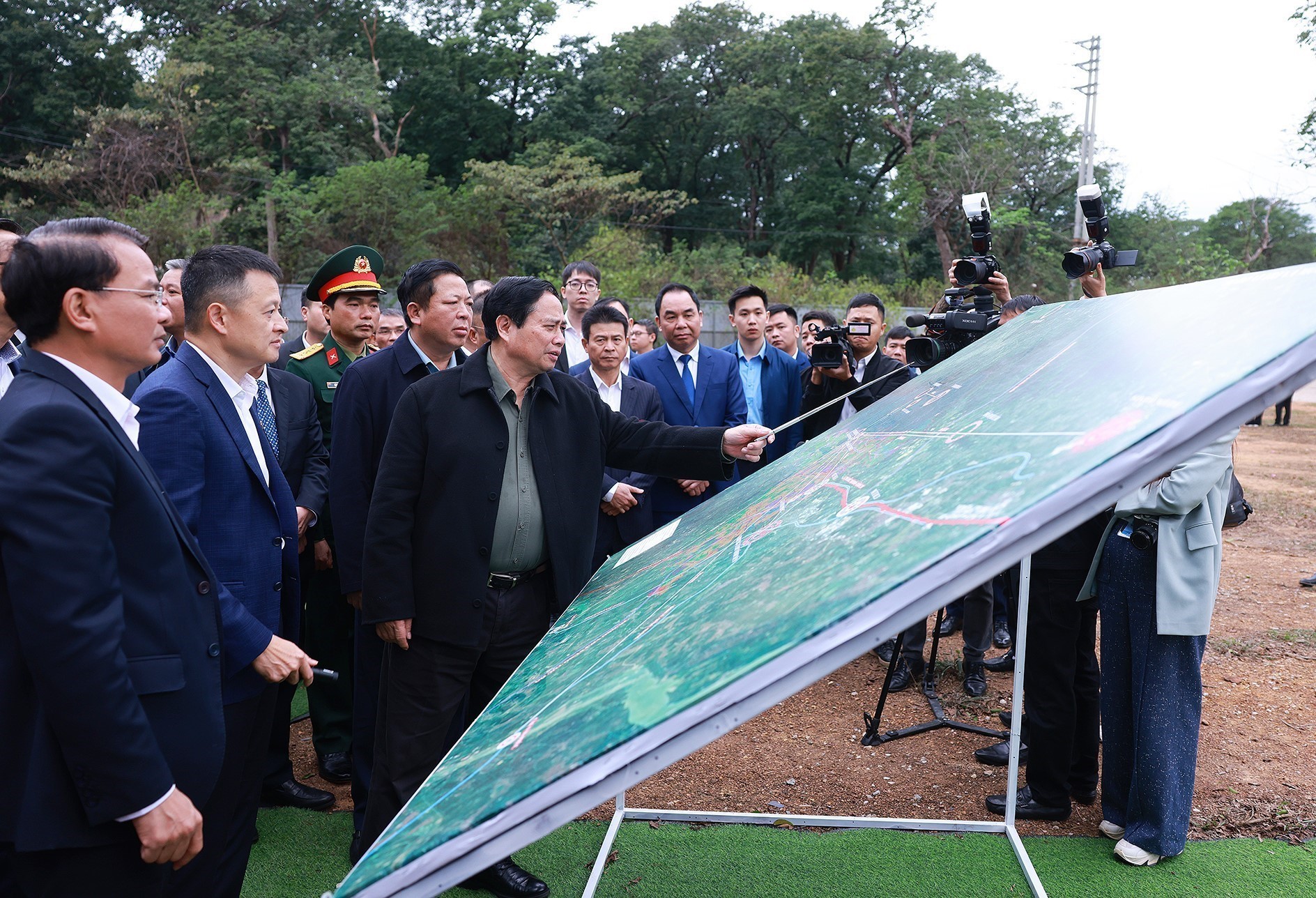
The organization of the political system plays a decisive role in improving the effectiveness of national leadership and management. A cumbersome apparatus with overlapping functions not only increases the burden on the budget, but also delays the decision-making process and hinders socio-economic development. Especially in the context of deep international integration, a cumbersome and inflexible apparatus will become a barrier to development. Streamlining the apparatus is an urgent requirement for Vietnam today and is a trend implemented by many countries, such as China, the United States, countries in the European Union, the United Kingdom, Singapore, etc. Reducing intermediate levels, simplifying administrative procedures and delegating more power to localities will help the management system operate more flexibly and effectively, while improving the operational capacity of grassroots authorities. This is an important foundation for Vietnam to continue to develop sustainably, enhance national competitiveness and ensure transparency and efficiency in state management.
Realizing the problem, our Party, headed by General Secretary To Lam, is focusing on leading the implementation of the revolution in streamlining the apparatus of the political system. A streamlined, flexible apparatus not only helps sustainable development, but also increases the ability to adapt to global fluctuations. Cutting administrative procedures and eliminating bottlenecks in the management system creates a more favorable investment and business environment, attracting more foreign investment capital. Streamlining the apparatus not only meets the needs of internal development, but also helps Vietnam improve its position in the international arena. A streamlined, effective and efficient apparatus not only promotes economic growth, but also enhances national competitiveness.
Streamlining organizational structure - an inevitable requirement of practice
Despite its important role in the country’s development, the organizational structure of the political system in Vietnam still shows many shortcomings, such as a cumbersome organization, many intermediate levels, overlapping functions and complicated coordination mechanisms. This situation leads to low work efficiency, cumbersome administrative procedures, bureaucratic officials, and stagnation in handling work.
Many ministries and sectors have similar tasks, leading to overlapping management and difficulty in determining responsibilities. Coordination between agencies is still problematic, reducing the effectiveness of policy implementation. Staff streamlining in some places is still equal, without taking into account the specific characteristics of each unit, reducing the quality of the apparatus' operations. Despite efforts to propose many solutions for administrative reform, many procedures are still time-consuming and cause difficulties for people and businesses. Having to go through many intermediary levels prolongs the processing time, reducing the effectiveness of the state apparatus' services.
Many countries in the world have reformed their administrative apparatus to improve governance efficiency. In Singapore, the government has implemented a “smart government” policy, reducing the number of agencies and promoting the application of digital technology in operations. Singapore’s public agencies have significantly reduced administrative procedures and improved the efficiency of serving the people. With a streamlined civil service, despite having only 16 ministries, Singapore has still promoted governance efficiency. In the UK, since the 1980s, the government has implemented reforms according to the “new public management” model, transferring many public services to the private sector, while streamlining the administrative apparatus. As a result, the number of public sector employees has decreased, but work efficiency has increased significantly...
The approach of many countries in the world shows that, to effectively manage, it is not only necessary to reduce organizational units, but also to change the way of management, improve the quality of civil servants and promote digital transformation to improve the efficiency of management and provision of public services. A streamlined and efficient apparatus not only helps reduce the burden on the budget, but also improves the business environment, enhances national competitiveness, and meets the requirements of sustainable development in the period of international integration and digital transformation.
Streamlining the organization of the political system, ensuring scientific, rational, streamlined, effective and efficient operation.
General Secretary To Lam emphasized: “Streamlining does not mean cutting down mechanically, but eliminating unnecessary positions and reducing ineffective work” (1) . Thus, streamlining the apparatus requires organizing it scientifically and reasonably, helping the system operate more effectively and flexibly. Reorganizing the apparatus does not only reduce the number of focal points, but importantly, it aims at operating effectively and optimizing resources.
In fact, many units with similar functions have been merged, helping to reduce overlap in focal points and improve management efficiency. In state management of construction, the Department of Construction Economics, the Department of Construction Activities Management of the Ministry of Construction and the Department of Construction Investment Management of the Ministry of Transport have been unified into one focal point, the Department of Construction Economics and Investment Management, because these three units have many similar basic functions and tasks. Unifying the above units into one focal point helps to create unity in state management, improve the effectiveness of supervision and operation in the infrastructure sector. In training and fostering cadres, a number of educational and training institutions with similar tasks have been merged, such as the School of Agricultural and Rural Development Management Cadres has been merged into the Vietnam Academy of Agriculture, the School of Training and Fostering Cadres of Natural Resources and Environment has been merged into the University of Natural Resources and Environment, helping to concentrate resources and improve training quality.
Not only implemented at the central level, the streamlining of the apparatus organization is also implemented synchronously at the local level to improve the effectiveness of leadership and management. Localities have reorganized administrative units to reduce intermediate administrative levels in accordance with reality, merged commune-level administrative units to expand the scale of management, ensuring better service to the people. The implementation process has closely followed the requirements of the Central Government, thereby clearly defining the model of local government at the commune level for urban, rural, mountainous, delta, island areas, population size, area, history, culture, socio-economic issues, national defense, security, ethnicity, religion, etc.; building the functions, tasks, powers, organizational apparatus, and staffing of local government at the commune level. Some proposals are also being implemented, such as merging provinces and cities to expand administrative boundaries in conjunction with national master plans, regional plans, local plans, socio-economic development strategies, industry development, expanding development space, promoting comparative advantages, not organizing at the district level to reduce intermediate levels, save administrative costs, and improve management effectiveness.
The implementation of streamlining the political system's organizational structure has significantly reduced the number of focal points in the state apparatus. The Government apparatus for the 2021-2026 term has been reduced from 18 ministries and 4 ministerial-level agencies to 14 ministries and 3 ministerial-level agencies. The merger of departments and branches with functions Similar functions, such as the Department of Transport and the Department of Construction, the Department of Planning and Investment with the Department of Finance, the Department of Labor - Invalids and Social Affairs and the Department of Home Affairs, the Department of Science and Technology and the Department of Information and Communications, local newspapers and radio stations... in provinces and cities help strengthen coordination, limit overlap and improve management efficiency.
Streamlining the organizational structure not only helps increase operational efficiency, but also overcomes the situation of “both playing football and blowing the whistle”, when some units both perform management functions and directly implement activities, leading to the risk of conflicts of interest and waste of resources. However, for the implementation process to be most effective, it must be implemented scientifically, systematically, and ensure stability in leadership and management. If implemented reasonably and scientifically, this will be an important step to help improve leadership and management capacity, improve the quality of public services and optimize the use of national resources.
Reduce intermediate levels, shorten decision-making process, improve effectiveness and efficiency of leadership and management
One of the current shortcomings associated with the operations of agencies and organizations in the political system is that the decision-making process is not flexible and lengthy, causing delays in handling work. Along with that, administrative procedures are still cumbersome, having to go through many levels of approval, causing difficulties for people and businesses. This not only reduces management efficiency, but also increases compliance costs, creating barriers to socio-economic development.
Before the restructuring of the internal apparatus of ministries and branches, the country had 30 general departments and equivalents. In fact, the general department level was an intermediate level between the ministry and the department level, increasing the complexity of administrative management. The situation of many intermediate levels not only slowed down the progress of policy implementation, but also caused responsibilities to be dispersed, leading to inconsistent and ineffective decision-making.
In addition to the problem of organizational structure, complicated administrative procedures are also a major barrier for businesses and people. According to the General Statistics Office, 15.2% of businesses face difficulties due to cumbersome administrative procedures, complicated business conditions and non-transparent bidding processes, affecting their production and business activities (2) . The 2023 report of the Vietnam Federation of Commerce and Industry (VCCI) also showed that 38% of businesses still face difficulties in accessing information on administrative procedures, including foreign-invested enterprises, large-scale enterprises and long-standing enterprises (3) . These figures indicate the need to improve the effectiveness and efficiency of leadership and management, reduce administrative procedures, increase work processing speed, thereby contributing to reducing business operating costs and improving the investment and business environment.
Reducing intermediate and refined layers Streamlining the organizational structure of the political system has been identified as a strategic and breakthrough task. Optimizing the organizational structure, improving the quality of operations of agencies and organizations in the political system, and at the same time strongly reforming administrative procedures to reduce costs for people and businesses and enhance national competitiveness. Cutting down on unnecessary approval processes and promoting the application of technology in state management not only helps shorten the time to process work, but also improves the quality of service for people and businesses.
At the working session with the Central Policy and Strategy Committee (February 24, 2025), General Secretary To Lam emphasized the importance of administrative procedure reform and reducing business costs to promote economic growth. The General Secretary set a goal of cutting at least 30% of the time to process administrative procedures, helping businesses and people reduce administrative burdens, creating more favorable conditions for business and investment activities. In addition, it is necessary to reduce at least 30% of business costs, including regulatory compliance costs and informal costs, thereby improving business competitiveness. At the same time, abolishing at least 30% of unnecessary business conditions is also a key task to remove unnecessary barriers, promoting a more open and transparent business environment.
The existence of too many intermediate levels and cumbersome administrative procedures has slowed down the decision-making process and hindered business development. Streamlining the organizational structure, reducing intermediate levels and simplifying administrative procedures not only helps improve the efficiency of state management, but also creates favorable conditions for economic growth, improves the quality of public services and increases the trust of businesses and people in the government apparatus.
General Secretary To Lam affirmed: “Stronger decentralization to government levels must go hand in hand with a strict power control mechanism”. This not only requires reducing unnecessary intermediaries, but also requires promoting decentralization, empowering and assigning responsibilities to local governments, helping to increase initiative in leadership, management and promoting work performance. In the new management model, the role of the central level will focus on policy making and strategic orientation, while localities are given more power in implementation. This will help shorten the decision-making process, speed up work processing, and enhance accountability of agencies, units and organizations.
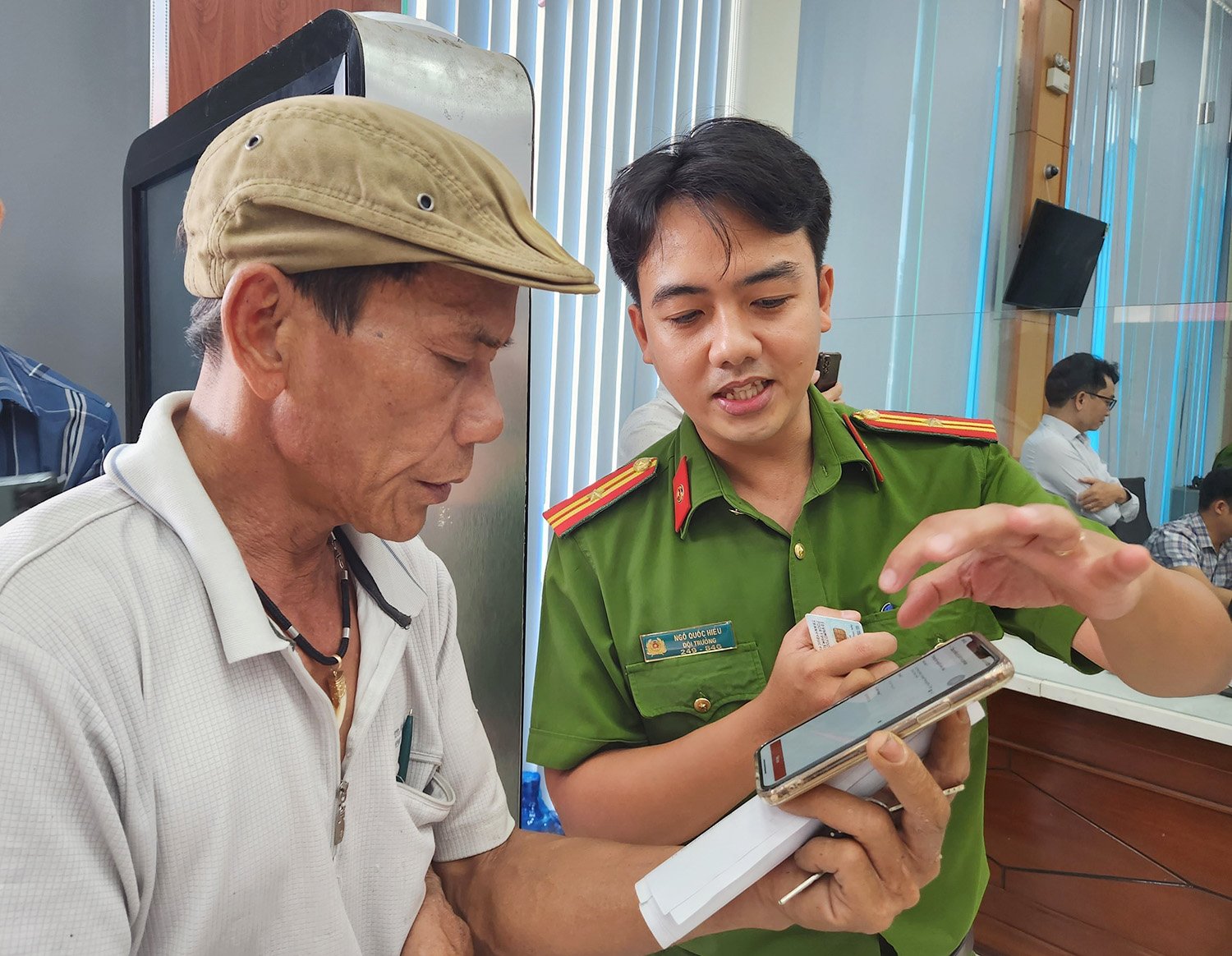
Improving the effectiveness and efficiency of leadership and management - Towards modern and effective national governance
Streamlining the apparatus of the political system does not stop at streamlining the organization, but more importantly, it is to improve the effectiveness and efficiency of leadership and management, and build an administration that truly serves the people. Streamlining the apparatus does not simply mean reducing the number of agencies, but also improving the quality of the staff, eliminating cadres who are weak in capacity and lack responsibility in performing public duties: "Do not let state agencies be a "safe haven" for weak cadres" (4) . Streamlining the payroll cannot be done in the direction of mechanical reduction, but must be associated with perfecting the organization and rearranging personnel in a selective manner. The goal is to eliminate unnecessary positions, streamline ineffective work, and at the same time focus resources on key areas. If not thoroughly implemented, the administrative apparatus will remain cumbersome, waste budget, and operate ineffectively. Therefore, eliminating weak and irresponsible officials is not only part of the streamlining of staff, but also an urgent requirement to improve the quality of operations of the state administrative apparatus.
The Government has issued policies for cadres, civil servants and public employees who retire early or change jobs, helping to streamline the payroll in a selective manner. The proposal to abolish “lifetime payroll” is also considered a breakthrough in administrative reform, to encourage cadres and civil servants to work based on actual capacity, instead of maintaining a mentality of relying on the system. This is an important step to create motivation to work more effectively and eliminate cadres who do not meet requirements and tasks.
In practice, localities that have implemented staff streamlining in the direction of retaining competent people have significantly improved work performance and management efficiency. Reducing unnecessary administrative units and levels helps the apparatus operate faster, more flexibly and reduces overlapping functions and tasks; not only does it help save budget, streamline staffing policies reasonably, but it also creates a more professional working environment, promotes a sense of responsibility and improves the quality of public administrative services.
Streamlining the political system's organizational structure is not only to cut personnel, but more importantly to improve the quality of cadres and civil servants, ensure the effective operation of the apparatus, and better serve the people and businesses.
This can be done through intensive training, reform of recruitment systems, and evaluation of staff based on competence, rather than just seniority. The measure of staff competence is to create specific products.
In addition, it is necessary to strengthen the application of scientific and technological advances, digital transformation to promote the completion of the construction and development of e-Government and digital Government, contributing to innovation in working methods, improving productivity and operational efficiency of state agencies at all levels with sufficient capacity to operate the digital economy and digital society to meet the requirements of socio-economic development, national defense, security and international integration; facilitating people and businesses to access public services. Investing in digital technology infrastructure not only helps improve the productivity of the state apparatus, but also contributes to improving the investment and business environment, and enhancing people's trust in public administration.
Improving the effectiveness and efficiency of leadership and management is not only a requirement. internal demand, but also an indispensable condition for Vietnam to develop in the context of global integration. A streamlined, professional, digitalized and effectively operated apparatus will facilitate people and businesses to access public services, help improve national competitiveness, and promote socio-economic development./…
--------------------
(1) See more: To Lam: "Promote the highest sense of responsibility, focus on leadership and direction with the highest determination to soon complete the streamlining of the political system's organizational apparatus; contribute to accelerating and surpassing the goals and tasks of 2024, 2025 and the entire 13th Congress term; prepare well for party congresses at all levels towards the 14th National Party Congress", Communist Magazine , No. 1051 (12-2024), p. 7
(2) Dinh Tran: "Administrative procedures are still causing difficulties for businesses", Journalists and Public Opinion , October 11, 2024, https://www.congluan.vn/thu-tuc-hanh-chinh-van-dang-gay-kho-cho-doanh-nghiep-post316243.html
(3) “38% of businesses still face difficulties in understanding administrative procedures”, Vietnamplus , March 6, 2023, https://www.vietnamplus.vn/38-doanh-nghiep-van-gap-kho-khan-khi-tim-hieu-thu-tuc-hanh-chinh-post849490.vnp
(4) To Lam: “Promote a high sense of responsibility, focus on leadership and direction with the highest determination to promptly complete the streamlining of the political system's organizational apparatus; contribute to accelerating and surpassing the goals and tasks of 2024, 2025 and the entire 13th Congress term; prepare well for party congresses at all levels towards the 14th National Party Congress”, Tlđd , p. 7
Source: https://tapchicongsan.org.vn/web/guest/chinh-tri-xay-dung-dang/-/2018/1070202/sap-xep-to-chuc-bo-may-cua-he-thong-chinh-tri-tinh-gon%2C-giam-tang-nac-trung-giang%2C-gop-phan-nang-cao-hieu-luc%2C-hieu-qua-lanh-dao%2C-quan-ly.aspx


![[Photo] Thousands of Buddhists wait to worship Buddha's relics in Binh Chanh district](https://vstatic.vietnam.vn/vietnam/resource/IMAGE/2025/5/3/e25a3fc76a6b41a5ac5ddb93627f4a7a)


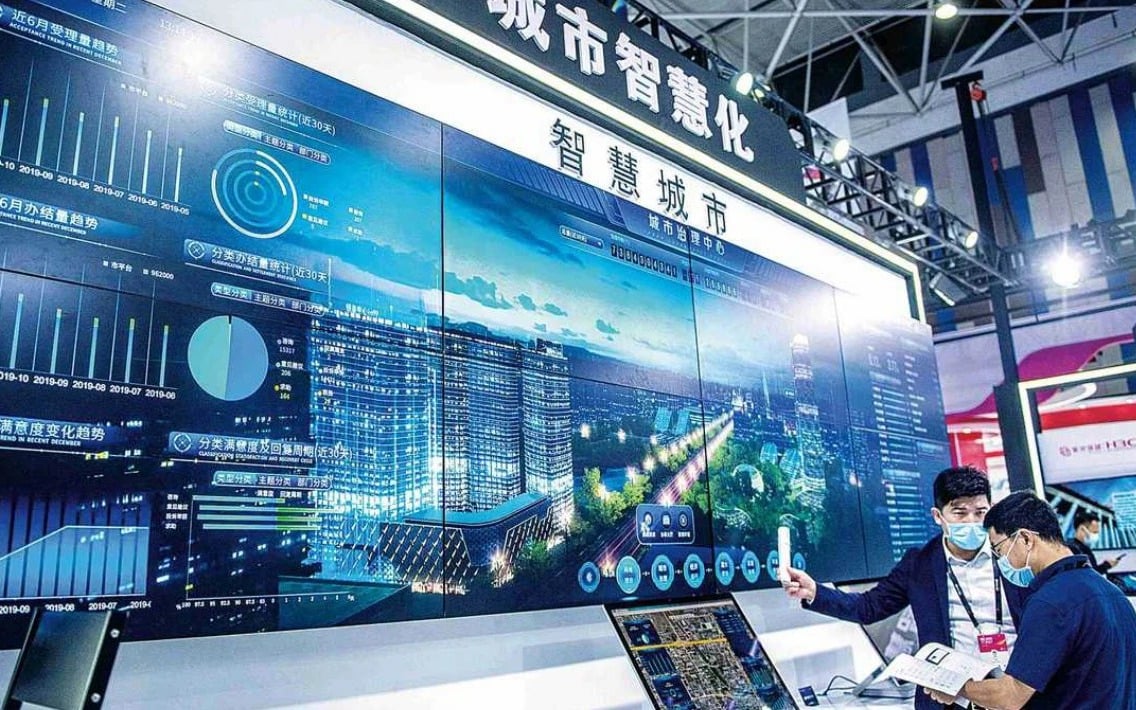


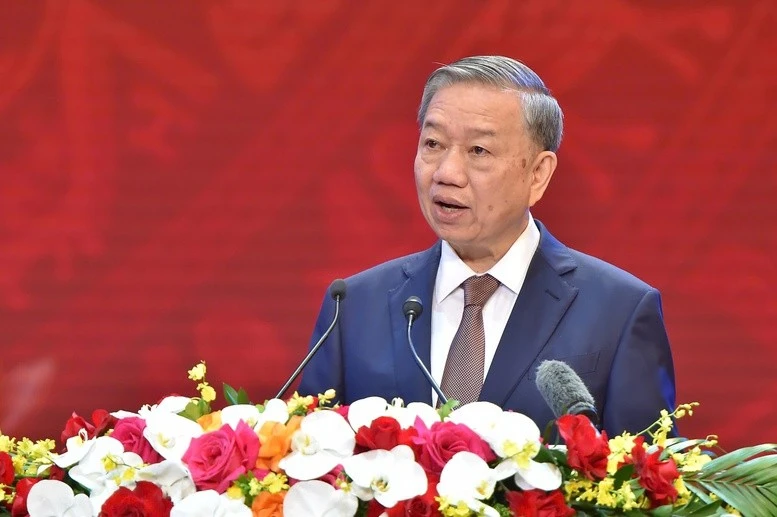
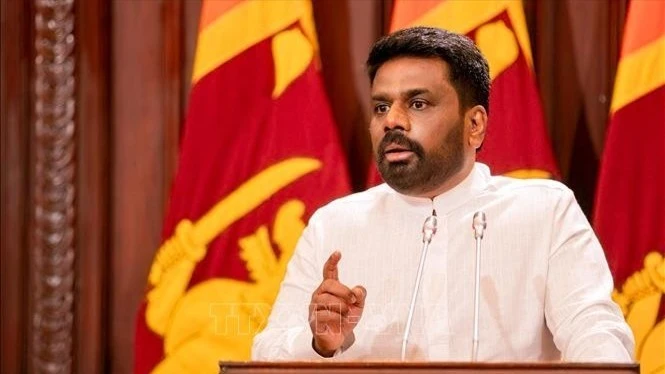

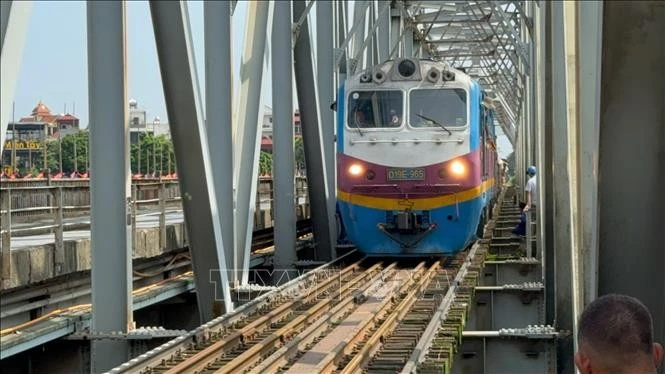
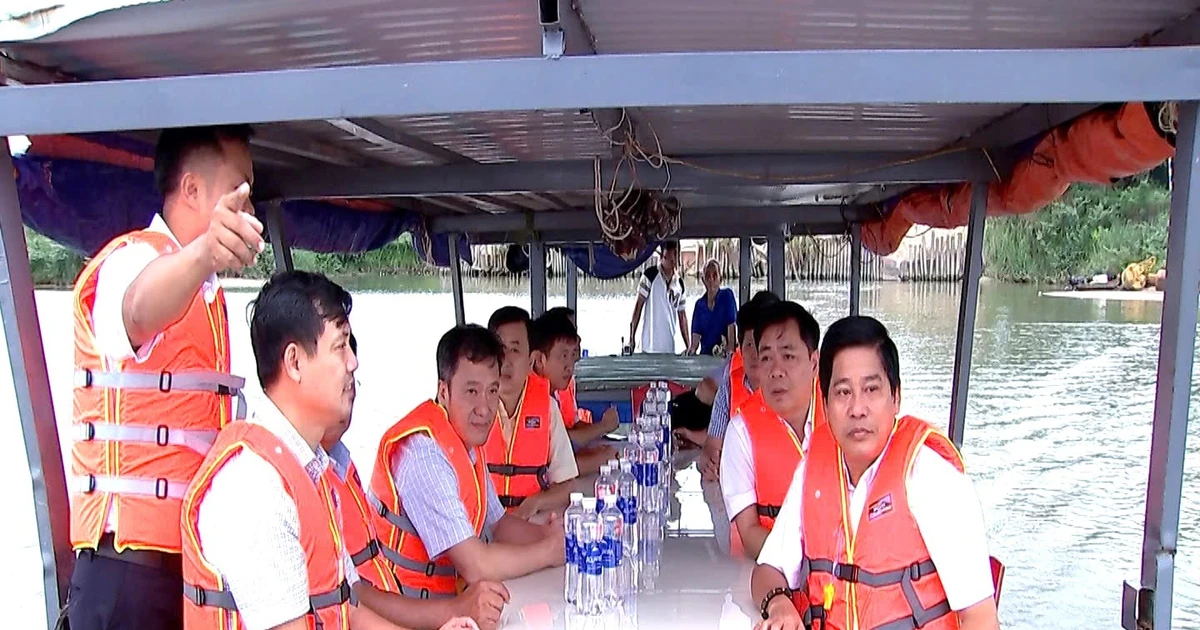
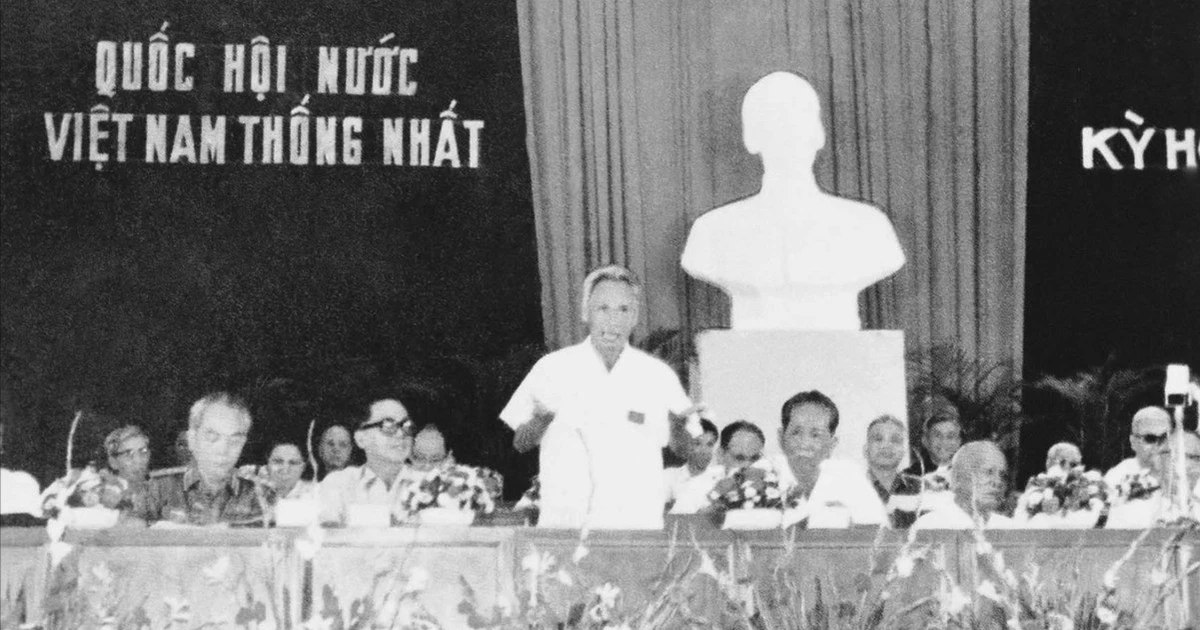




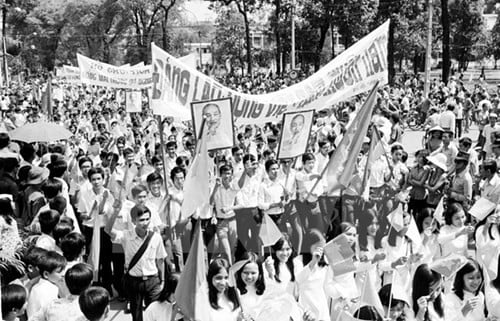







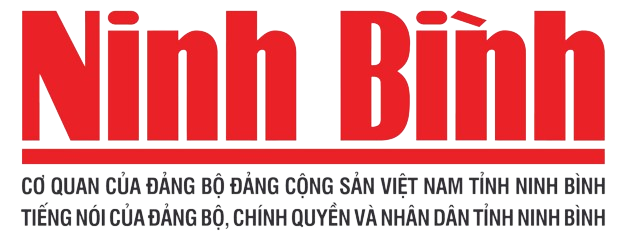

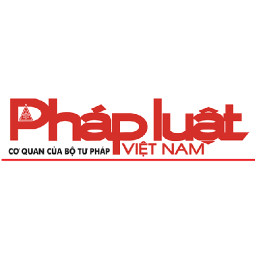




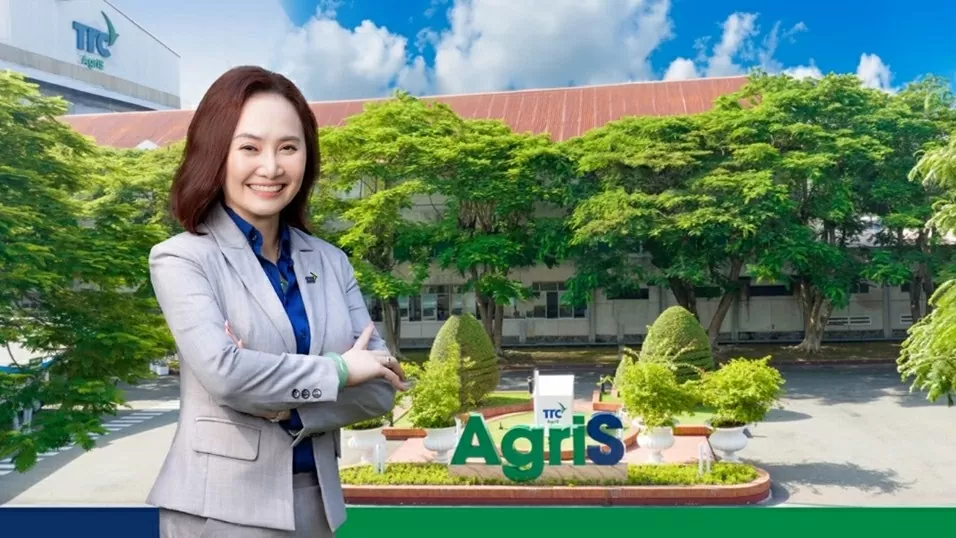






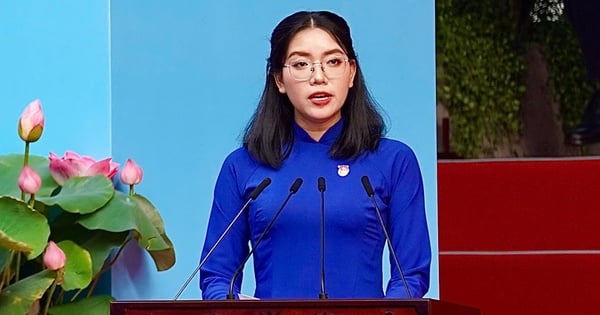













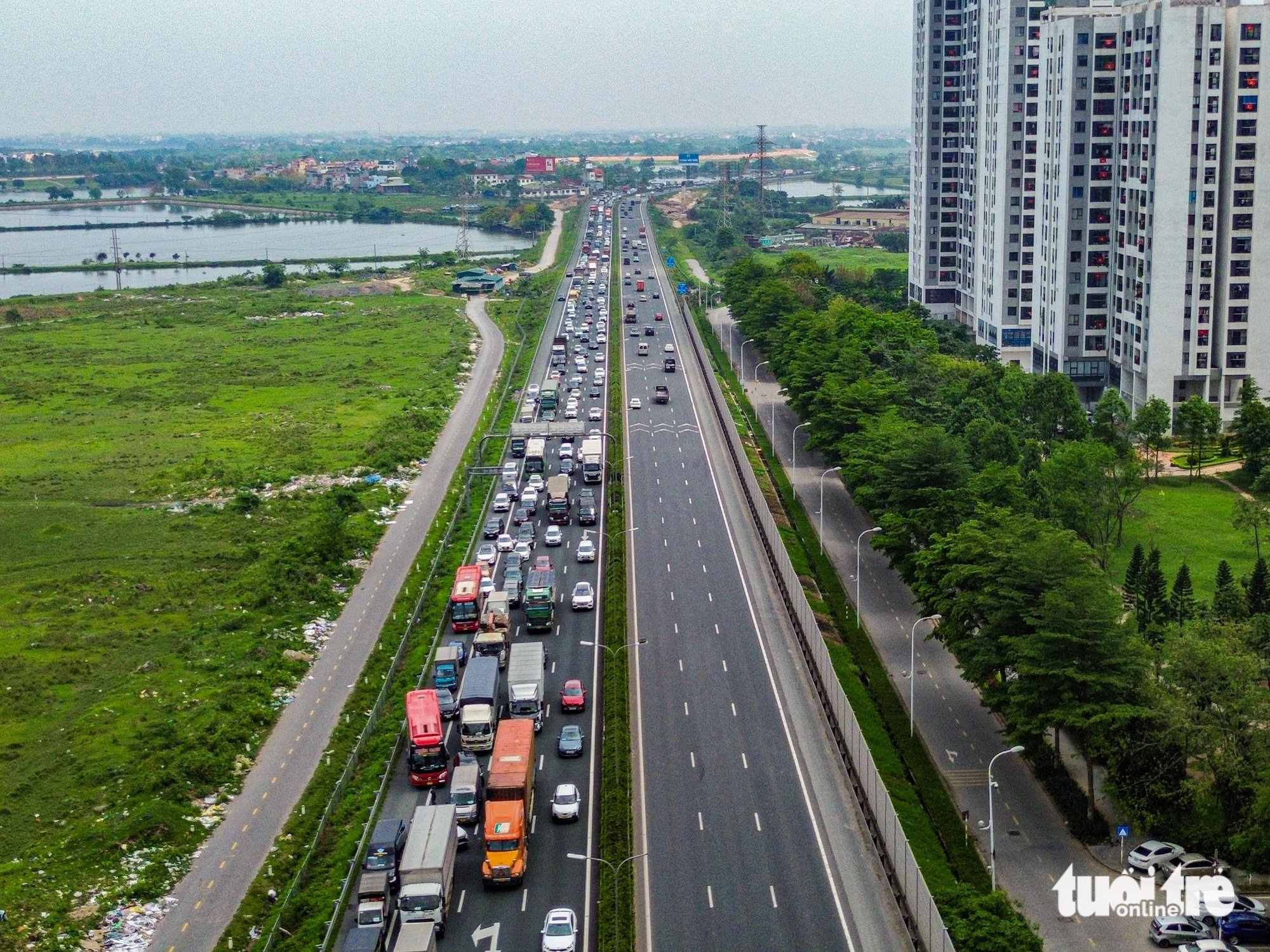
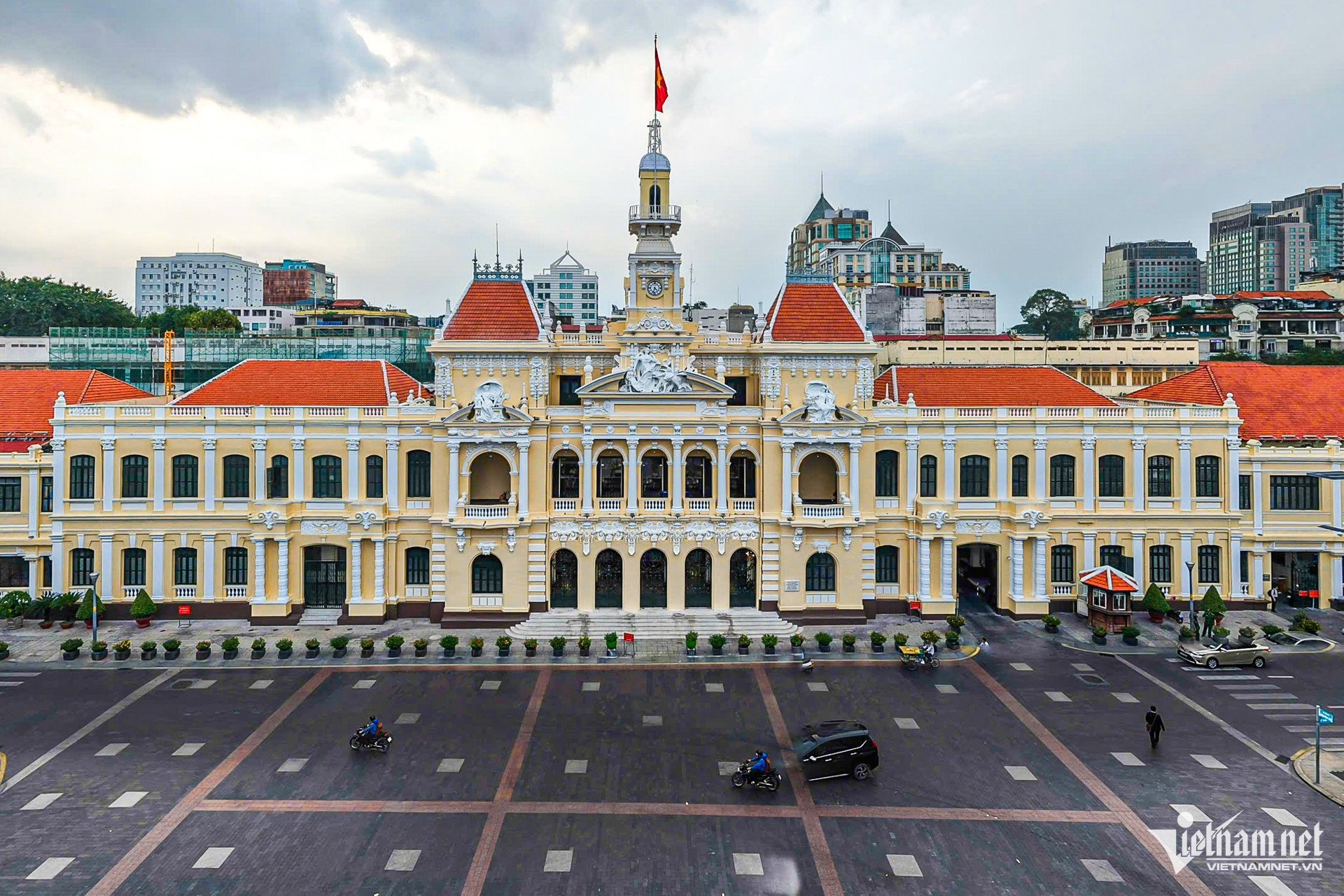









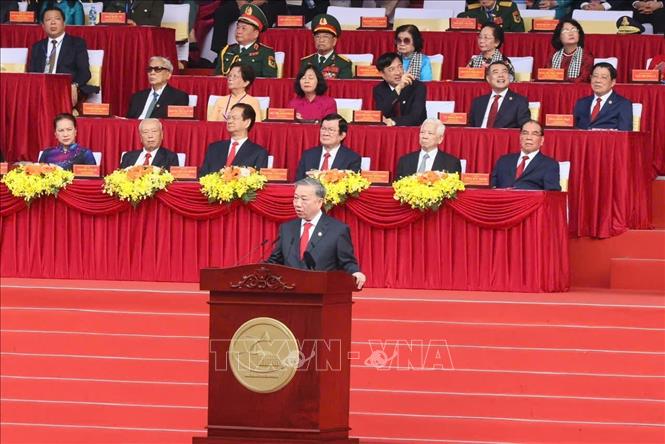



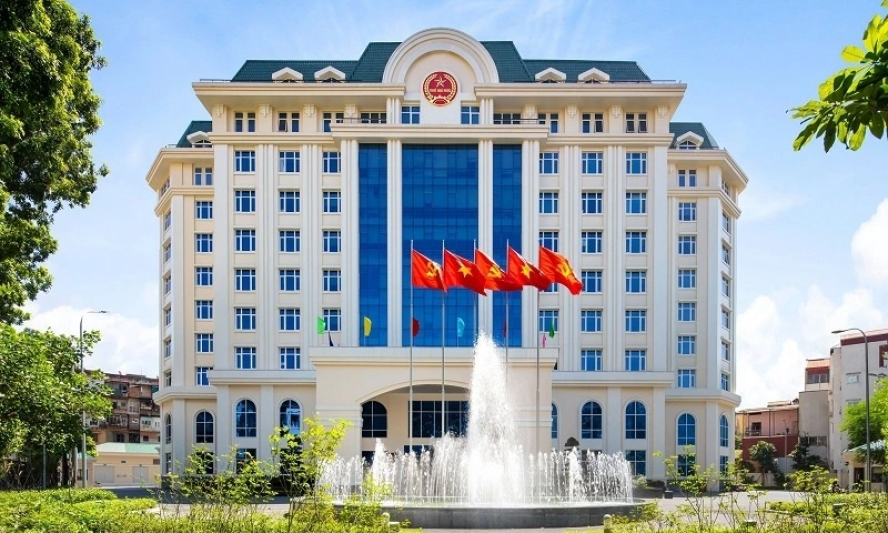



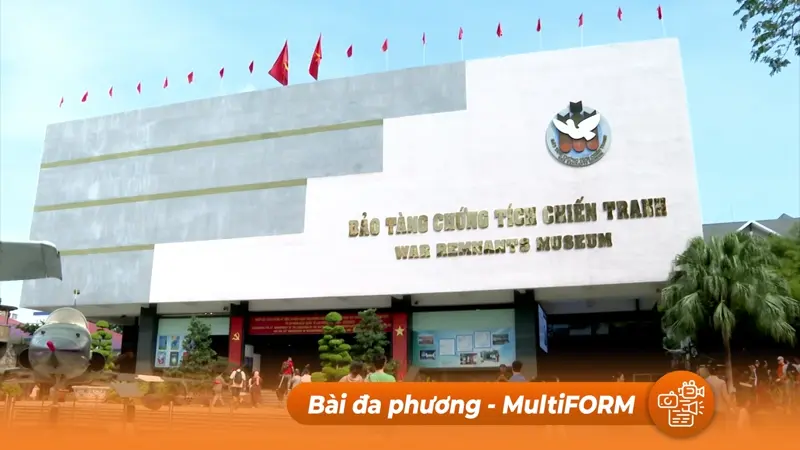



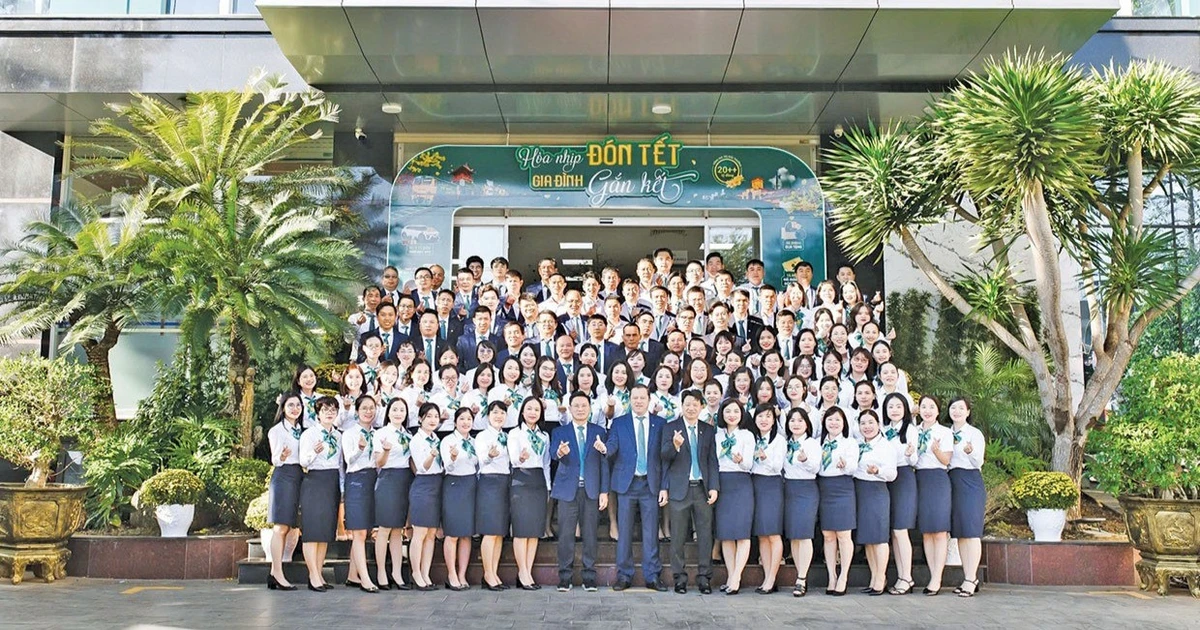
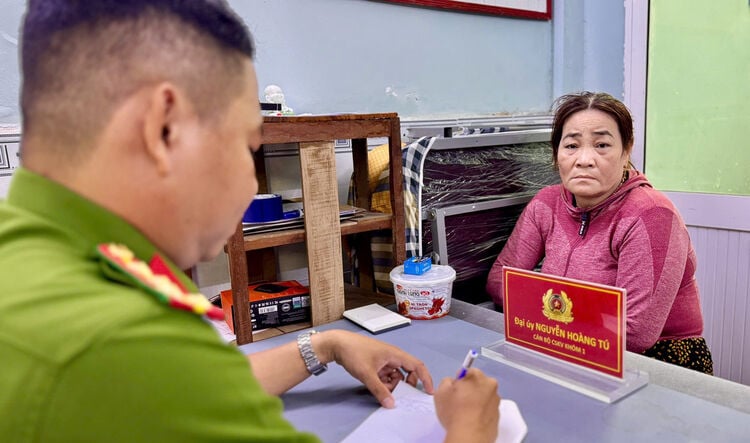
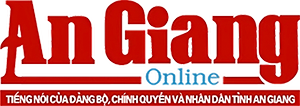








Comment (0)